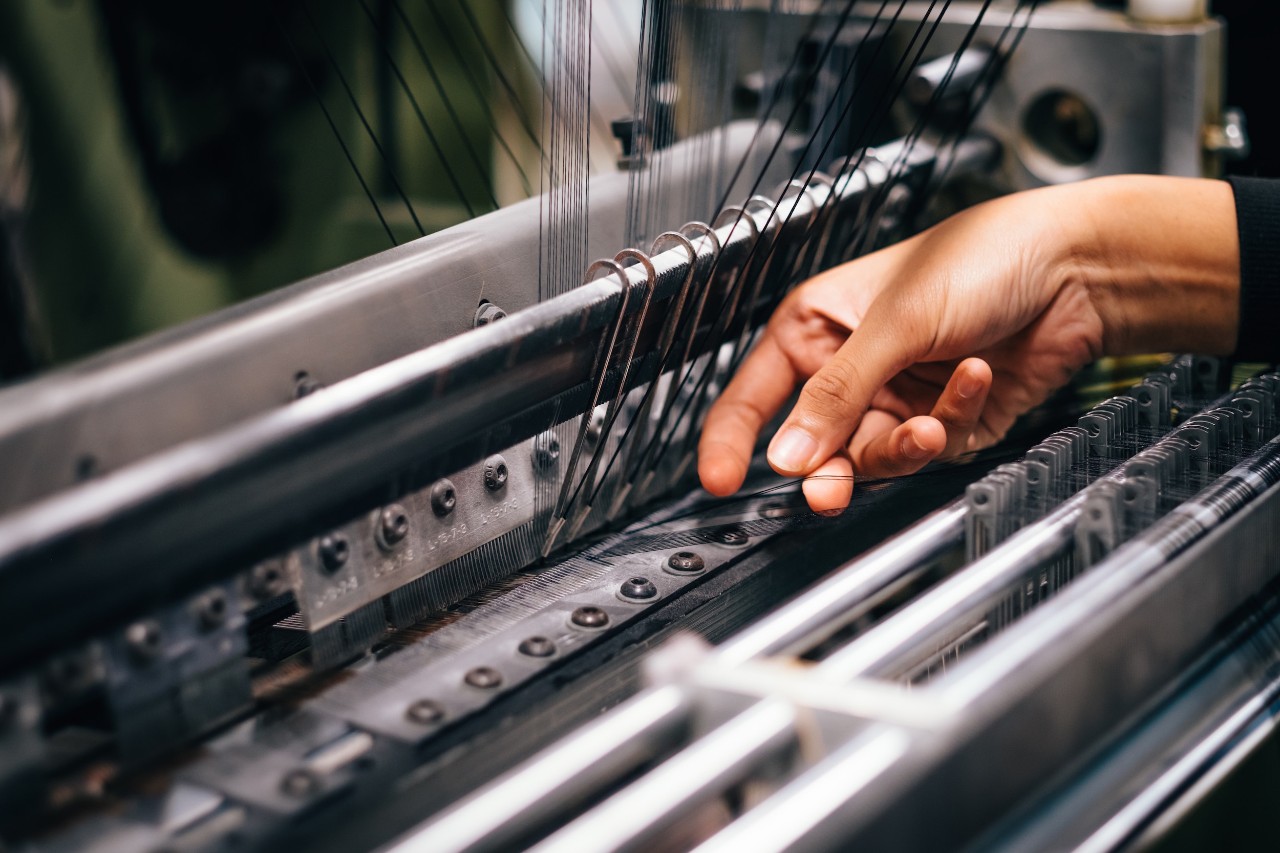
Enquirer: UC's Heath weighs in on automation in op-ed
Julie Heath, director of the Economics Center at CECH, discusses how men and women will be affected by a transforming job market
By 2030, up to 9% of Americans could be employed in jobs that don't exist today.
Ironically, it will be automation that creates these jobs, according to Julie Heath, executive director of the Economics Center at the University of Cincinnati College of Education, Criminal Justice and Human Services. Heath explained how technology is expected to affect the needs of the workforce — and the reasons it may affect men and women differently — in a guest column published by The Cincinnati Enquirer.
"Automation often does not totally replace a job," Heath writes. "It changes a job so that humans and machines each perform components. Some occupations are more vulnerable than others are to partial automation. Approximately half of female-dominated occupations face this risk, compared to 80 percent of male-dominated occupations. This partial automation implies that, again, routine physical and cognitive skills will be valued less in the workplace of the future, while technical, social, and emotional skills will be valued more."
Heath argues that women and men will likely experience automation differently because "men are more highly concentrated in occupations that have routine physical components (machine operators, for example), while women are more likely to be in occupations that have routine cognitive aspects (such as clerical work or service work)."
Higher education will be necessary to acquire the technical skills necessary for success in the workplace of the future, according to Heath. Women may have an advantage, though, because of the social and emotional skills that will be required — skills required for success in woman-dominated fields today. Heath says that while it appears women are better positioned to adapt to the automation-driven transformation of the workplace, there are a number of factors that could possibly prevent that from happening.
"Women need to have more access to technologies and acquire the skills to both fully utilize them and to develop them," Heath writes. "Automation can be a help or a hindrance for women’s economic advancement, and the institutions and structures we establish today will determine which it is."
Featured image: Photo by Lidya Nada on Unsplash.
Related Stories
Achala Vagal, MD, appointed chair of Department of Radiology at...
July 11, 2025
The UC College of Medicine announces Achala Vagal, MD, as chair of radiology. A national leader in neuroradiology and stroke imaging, Vagal has 20-plus years of experience, advancing research, AI integration, mentorship and patient-centered innovation.
Understanding resistance to targeted therapies in head and neck,...
July 11, 2025
MSN highlighted University of Cincinnati Cancer Center and Cincinnati Veterans Affairs Medical Center research published in the journal Oncotarget that reviewed current research on why Epidermal Growth Factor Receptor-targeted therapies often fail in breast and head and neck cancers.
What parvovirus is and why it's on the rise
July 10, 2025
An infectious virus common in children is on the rise in the Tristate. The Cincinnati Health Department is warning of a rise in parvovirus in Hamilton County. The illness can present itself as a rash on the cheeks and is often called “slapped cheek” disease but can present more serious concerns in pregnant women. Kara Markham, MD, professor of obstetrics and gynecology at the University of Cincinnati College of Medicine recently appeared on Cincinnati Edition on WVXU to discuss how parvovirus is transmitted, the risk of serious cases and how to prevent it.
